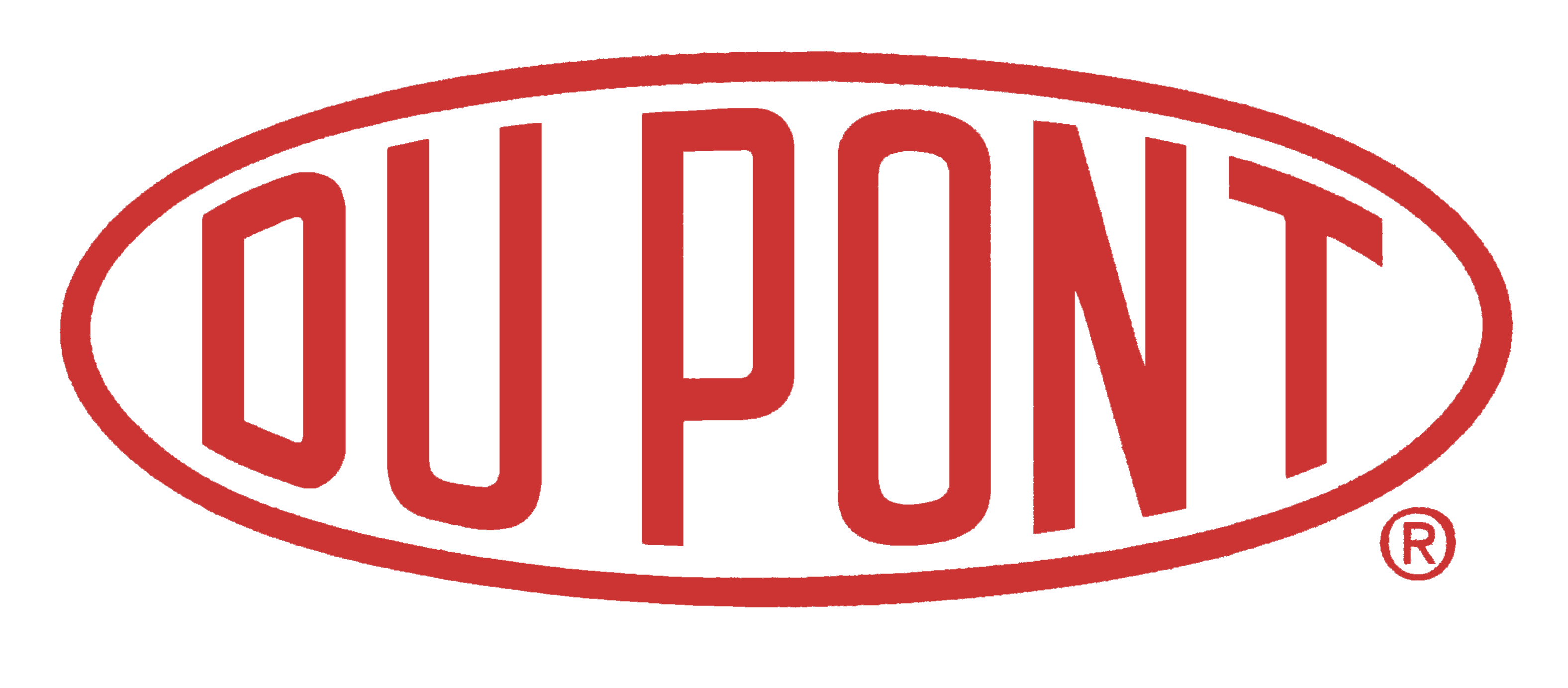|
|---|
|
|
|---|
|
|
|---|
|
DuPont: Reducing Defects in Solar Panel Business
Background
DuPont had recently expanded an existing product—a flame-retardant coating used in household products—towards a new purpose – as a new backing sheet for photovoltaic cells. These photovoltaic cells were used in the production of solar panels to capture solar light and generate electricity. Despite a required specification of twenty-five defects per 40,000 square feet of product, DuPont’s multi-site production process averaged over 3,000 defects, and at times incurred over 100,000 defects. The high defect rates were causing delayed product shipments and major customer complaints. After a six-month internal process improvement effort to correct the defects, DuPont was still unable to ship acceptable product. DuPont partnered with QualPro to dramatically reduce defects.
Approach
QualPro consultants assembled a team of DuPont management, engineers, and workforce personnel. Together, the team brainstormed improvement ideas designed to reduce defects, and QualPro consultants helped the team narrow the list to fifty practical, fast, and cost-free ideas.
QualPro designed experiments for DuPont personnel to perform. A screening experiment revealed that several of the ideas were effective and worthy of further exploration. A refining experiment further analyzed the improvement ideas shown to be effective during the screening experiment. Both experiments were completed in less than thirty days. After analyzing the results, QualPro consultants recommended which ideas DuPont implement to reduce defects.
In accordance with QualPro’s commitment to driving breakthrough improvement, our consultants worked closely with DuPont operators in guiding the process changes and motivating project team members to exceed goals.
Results
After implementing the recommendations from the screening experiment, DuPont reduced defects by 75%. After the refining experiment, DuPont further reduced defects, achieving an overall reduction of 99% from the two experiments. Using the knowledge gained during the experiments, DuPont was also able to avoid over $10 million in unnecessary capital investments.
